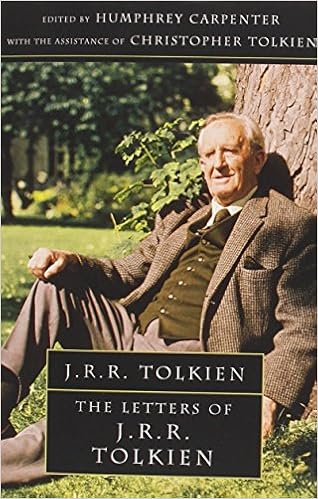I just got back from a trip to Toronto for surgery. Besides the surgery, there were some good times with family, including my cousin and me trying to explain to my uncle that “growling into a microphone” isn’t the only form of heavy metal. I extolled to him the virtues of power metal, for example. Here’s Rhapsody of Fire’s song Emerald Sword:
Power metal, unlike death metal, does not involve growling. It involves singing — big singing. Epic singing. Sometimes maybe shouting, but, like, shouting on the battlefield to your comrades for them to form a shield wall. It’s a form of metal that, musically and technically, is about hard virtuosity. So you’ll crisp, clear electric guitars in power metal, not as much distortion as in some other music (depending on what effect they’re going for). A band like Rhapsody/Rhapsody of Fire produces symphonic power metal, so they also have some strings.
One of the first things I want to drive at when I talk about power metal from a musical perspective is the power. This music is driven, and it’s designed to catch you up into it. It gathers you by the ear drums to escort you into another realm. It grabs you the way Wagnerian music (Wagner, later Bruckner stuff, you know?) can. Lohengrin brings you on a journey even if all you’re doing is listening. You can just turn the lights off and listen to Wagner.
I can, anyway.
Power metal is the kind of music that energises you, you know?
But the technically-difficult, crisp electric guitars, strings, and energising music are not all that define power metal. Do you want dragons, wizards, knights, monsters, glory, the brotherhood of warriors in your metal? Do you? Then power metal is the metal for you.
Power metal is most famous for putting together albums and singing songs that tell fantasy stories or are on fantasy themes. This is certainly not across the board — Running Wild sings pirate-themed songs, Sabaton focusses on actual war rather than fantasy, etc. — but it’s what a certain segment of power metal bands write about. And it’s what they’re famous for.
So what I’m thinking is that we need a sword-and-sorcery fantasy film with a power metal soundtrack. I’ve floated the idea on Facebook, and two of my friends like it. So that’s something. But I think that, given the thematic element and the musical drive of power metal, I think it’s the contemporary popular genre most suited to sword and sorcery.
First, consider what we’re thinking of in such a film. We’re thinking of “the days of high adventure”.
Conan the Barbarian (1982) is probably the best sword-and-sorcery film of all time; certainly, it’s the best-loved. This kind of fantasy is about adventure, about humans against the elements, against magic, and against fell beasts and dread monsters. It’s about the inescapable numinous that hides on the corners of lived reality, but we just can’t grasp it because we numb it with Netflix, air conditioning, and all the other trappings of civilization.
But our heroic forebears lived on the edge of numinous, and the numinous is not your friend. It is capricious. It is dangerous. It can destroy you. It can turn into a snake. It can suck the life out of you. So you face it, sword in hand, with a few friends. You seek survival. You seek revenge. And maybe — just maybe — you might become a hero in the process. I have to confess that Robert E. Howard is the only sword and sorcery I’ve read.
Power metal, with its driving energy, is perfectly suited to telling these stories. And the fact that they sing instead of growl means audiences beyond metal fans will tolerate it. 😉
Second, consider what we want to convey with music in a film. An argument has been made that the incorporation of contemporary music into A Knight’s Tale is part of what makes it one of the best medieval movies out there. Actual medieval music and dancing just won’t convey to us the emotional message the filmmakers wanted to bring, about the excitement and fun people were having. And grand, symphonic music commonly used for medieval films is equally anachronistic.
Of course, symphonic music for fantasy and sci-fi is part of what makes is great. Basil Poledouris’ soundtrack to Conan the Barbarian is the best supporting actor in the film. The intensity of the action, the grandness of the scope, everything about Conan the Barbarian is enhanced by that soundtrack.
Once again, power metal is perfectly suited to do this job for sword and sorcery. They tell stories. Rhapsody of Fire even incorporates harpsichord, organ, and medieval instruments into their music! A story about the liminal world of the numinous as it is met by warriors of high renown in the days of high adventure — power metal can deliver.
Let’s get ourselves one of these, shall we?






